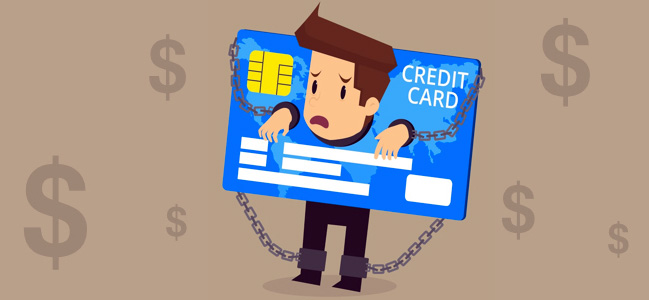
How to Consolidate Credit Card Debt
How to Consolidate Credit Card Debt – Combining multiple credit card obligations into one can be a smart way to get your debt under control. You’ll have fewer bills to pay each month, you can usually get a lower interest rate and you can pay the debt off sooner. However, you do have to be careful to be certain the deal you sign will permit the accomplishment of all of the above.
Here’s how to consolidate credit card debt — the right way.
Know Your Credit Score
One of the prime advantages of consolidating credit card debt is the opportunity it affords you to get a lower interest rate than you’re currently paying. This is where you’ll derive the lion’s share of the savings you’ll achieve.
However, it can only happen if your credit score is strong enough to net you an advantageous rate whether you’re looking at a balance transfer, a personal loan or a home equity instrument.
In other words, your creditworthiness is going to strongly affect your ability to make most consolidation vehicles work in your favor.
Choose That Amount Carefully
The main concern of which to be aware about consolidating credit card debt is being able to cover it in the shortest time possible. This minimizes the amount of interest you’ll pay, which in turn expands your potential savings.
Thus, you want to be careful to only consolidate as much debt as you can afford to handle in a reasonable amount of time. Take careful stock of your outstanding debt and the amount of money you can comfortably afford to put toward the consolidation payment each month.
Find The Right Vehicle For Your Needs
The most common methods of credit card debt consolidation are personal loans, home equity loans, credit card balance transfers and debt management programs. Each has advantages and disadvantages, so you’ll need to consider your situation to decide which will best serve your circumstances.
Personal Loans carry lower interest rates than credit cards and can be tailored more precisely to your needs. You’ll need a strong credit score to qualify and you’ll encounter certain fees. The ideal situation is to be able to pay it off within three years or less to get the best shot at coming out ahead.
Home Equity Loans and lines of credit carry even lower interest rates and qualifying is a bit easier than for personal loans. However, you’ll trade unsecured debt for secured debt, which means you could lose your home if something goes wrong and you can’t pay. You’ll also need to keep an eye on the associated fees.
Balance Transfers generally come with a zero percent introductory period during which you can pay off the transferred balance with no interest added. You’ll usually bump up against a transfer fee though, which gets added to the transferred amount.
The biggest concern here is ensuring you can repay the transferred amount before the window on the introductory deal closes. Otherwise, you’ll be looking at a higher interest rate and it could be applied to the entire transferred amount from the date you accepted the deal.
Debt Management will find you handing over responsibility for paying your debt to a debt professional who will negotiate reduced interest rates and fee waivers with your creditors to make the debt less costly to satisfy. You’ll make a single payment each month; the proceeds of which will be used to pay down your accounts.
The beauty of this approach is your credit history is largely irrelevant. In fact, it sometimes works better if your score is a bit soft. However, you might be required to close the accounts you place in the program to ensure you don’t use them before you complete the process.
Understanding the nuances of each of these options will help you figure out how to consolidate credit card debt in a way that is most favorable to your needs. One more thing though, do not go back and charge up the cards you cleared with the consolidation — unless you want to dig yourself an even deeper hole out of which to climb.



